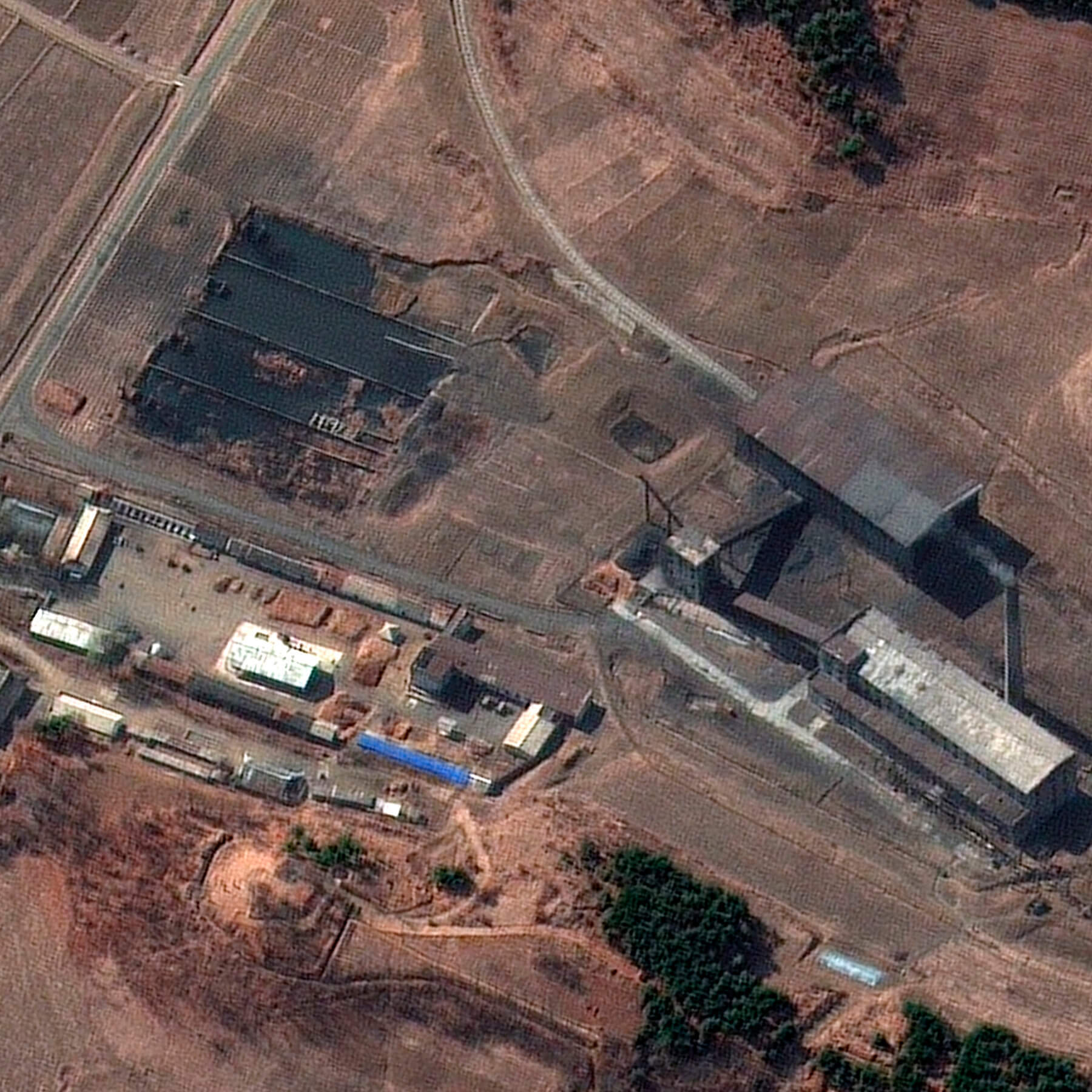In its annual report released on Friday, the International Atomic Energy Agency (IAEA), the United Nations’ (UN) nuclear watchdog, expressed concern over renewed activity at North Korea’s Yongbyon Nuclear Reactor. North Korea has previously described this reactor as “the heart” of its nuclear programme, but is suspected of having produced plutonium for nuclear weapons.
The IAEA noted that the signs of operation at the 5-megawatt reactor, which can produce weapons-grade plutonium, were the first to be spotted since late 2018. It stated, “Since early July 2021, there have been indications, including the discharge of cooling water, consistent with the operation. A radiochemical laboratory at the Yongbyon site seemed to have operated from mid-February to early July this year. The laboratory extracts plutonium from spent fuel rods.”
The report added: “There were also indications of mining and concentration activities at a uranium mine and plant at Pyongsan and activity at a suspected covert enrichment facility in Kangson.” The nuclear watchdog concluded that North Korea’s nuclear activities continue to be a cause for serious concern. “The new indications of the operation of the 5-megawatt reactor and the radiochemical laboratory are deeply troubling,” it stated.
The development comes amid strained diplomatic relations between the United States and North Korea, especially regarding the latter’s nuclear programme. In early 2019, North Korean leader Kim Jong-un offered to dismantle the Yongbyon complex if US President Donald Trump agreed to extend sanctions relief. However, Trump turned down the offer, citing the “partial surrender of North Korea’s nuclear capability.” Recently, North Korea also warned about expanding its nuclear programme if the US didn’t withdraw its hostile policy towards the country.
The director of the US-based 38 North project, Jenny Town, who monitors North Korea, said, “Commercial satellite imagery shows water discharge, supporting the conclusion that the reactor is running again.” Town added, “No way to know why the reactor wasn’t operating previously. Although work has been ongoing on the water reservoir over the past year to ensure sufficient water for the cooling systems.”
Regarding the production of plutonium, David Albright, the president of the Institute for Science and International Security, said, “More plutonium could help North Korea make smaller nuclear weapons to fit on its ballistic missiles.” “The bottom line is North Korea wants to improve the number and quality of its nuclear weapons,” he noted.
Albright highlighted that it is impossible to ascertain the number of atomic weapons in North Korea due to the lack of intelligence about its nuclear programme. However, he predicted that North Korea could produce material for four to six bombs a year.
Reacting to the IAEA report on Monday, the White House underscored the need for urgent dialogue and diplomacy for complete denuclearisation of the Korean peninsula. White House Press Secretary Jen Psaki said, “We continue to seek dialogue with the DPRK (Democratic People’s Republic of Korea), so we can address this reported activity and the full range of issues related to denuclearisation.”
Moreover, Lee Jong-Joo, the spokesperson of South Korea’s Unification Ministry, said South Korea, along with the US, was closely monitoring the nuclear and missile activities of North Korea. However, the spokesperson refused to comment on whether Seoul saw the signs of renewed activity at the nuclear reactor.
Earlier in June, the IAEA stated that there were indications in North Korea of possible “reprocessing work to separate plutonium from spent reactor fuel that could be used in nuclear weapons.”
The UN nuclear watchdog has no access to North Korea and largely monitors its atomic weapons programme via satellite imagery and open-source information since Pyongyang expelled IAEA inspectors in 2009. Following this, North Korea pressed ahead with its nuclear programme and conducted its last nuclear test in 2017.

